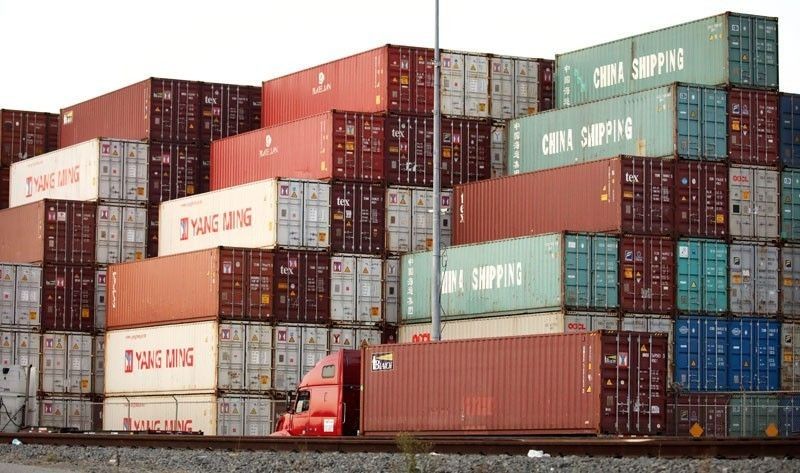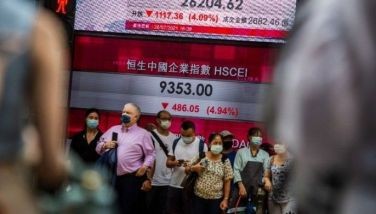Trade gap narrows at slower pace in June

MANILA, Philippines — A chronic slump in both exports and imports as the coronavirus pandemic choked global movement of goods continued to narrow the Philippines' trade gap in June, albeit at a slower clip than the previous month as the local economy restarted.
The Philippine Statistics Authority (PSA) reported on Wednesday that the trade deficit stood at $1.3 billion in June, shrinking 50.6% year-on-year but at a slower pace compared to 63.8% annual drop in May, the last month of the Luzon lockdown.
A trade deficit means imports outperformed exports. In the case of a narrowing deficit, a slowdown meant that imports are picking up after getting disrupted for months by lockdowns that also tempered the entry and exit of goods in the country.
“This slower decline in the country’s trade performance signals the resumption of economic activities,” Acting Socioeconomic Planning Secretary Karl Kendrick Chua said in a statement.
Government statisticians also recorded a total trade of $11.97 billion in June, down 19.9% on-year but still a more tempered decline compared to 35.3% contraction in the preceding month.
Broken down, exports fell 13.3% to $5.33 billion in June following a 10.4% annual slump in outbound shipments of electronic products, the country's top export commodity.
Imports were likewise in the red during the month, plummeting 24.5% year-on-year to $6.63 billion on lower purchases of transport equipment, mineral fuels, iron and steel and electronic products, among others.
While data shows the declines in imports and exports were slower month-on-month, Sanjay Mathur, chief economist for Southeast Asia and India at ANZ Research, said the road to recovery would be long and even winding.
"I think it would be fair to say the compression in both exports and imports reflects continued sluggishness in domestic and external demand," Sathur said in an email. "Sadly, there is simply no sign of a V-shaped recovery."
There is basis to Mathur's assessment. On Tuesday, President Rodrigo Duterte placed Metro Manila and nearby provinces back to a modified enhanced community quarantine (MECQ), a tighter lockdown, for 15 days, potentially slowing an economic recovery and with it, trade.
Chua himself acknowledged the threats posed by a brief return to MECQ on the economy, although he remained optimistic. “The two-week MECQ will allow the government to reassess approaches, procedures, and response protocols and capacities that may need to be improved to better contain the spread of the virus while ensuring that the gains from reopening the economy are not fully reversed,” he said.
If anything, a narrowing trade deficit is expected to strengthen the Philippine peso, which has been trading on three-year highs against the US dollar this week as tepid economic activity dampens demand for the greenback.
"The compression in the trade deficit is positive for the peso and we estimate these numbers translate into a current account surplus," Mathur said. "It is also important to note that this compression in the trade deficit more than offsets the fall in remittances and possibly even tourism incomes," he added. — Ian Nicolas Cigaral
- Latest
- Trending



























